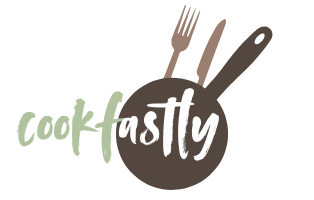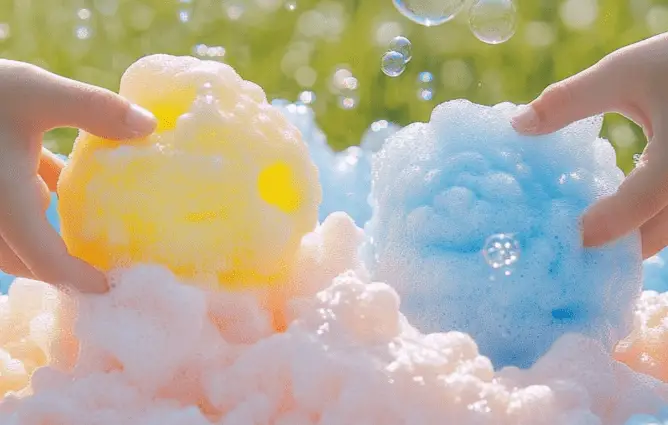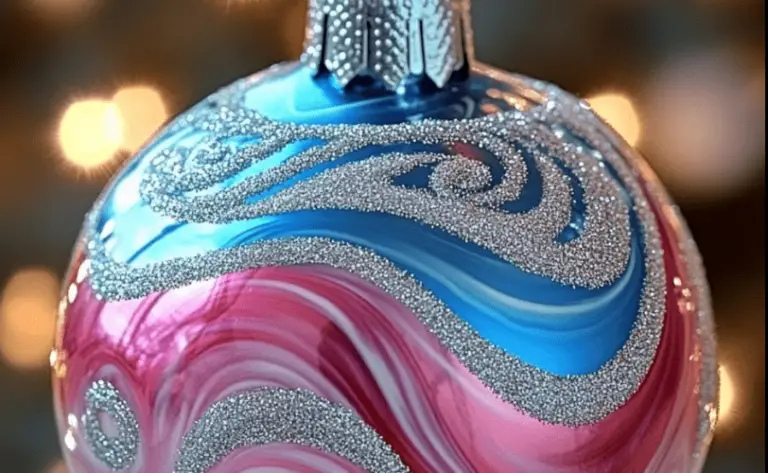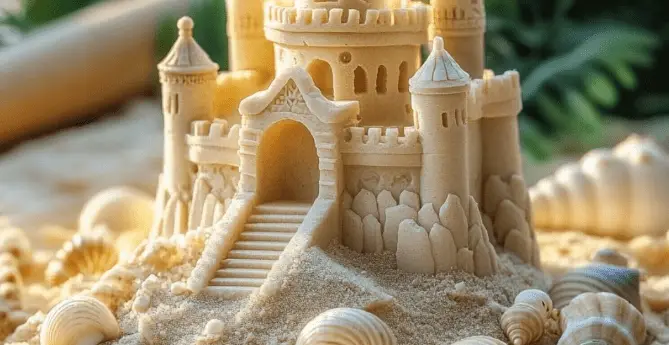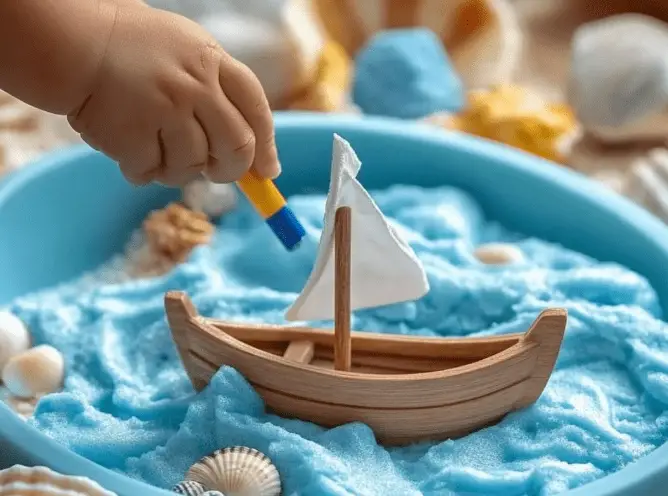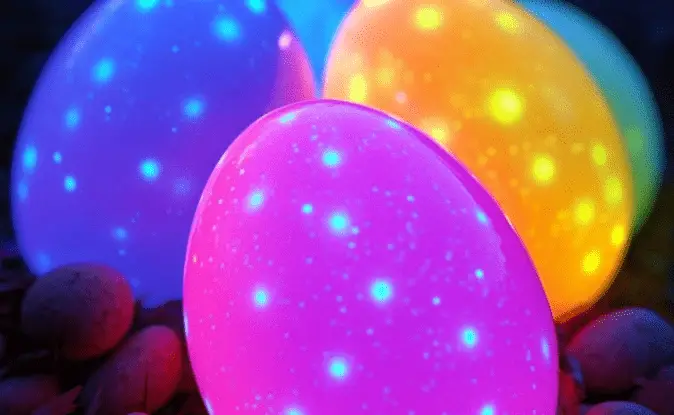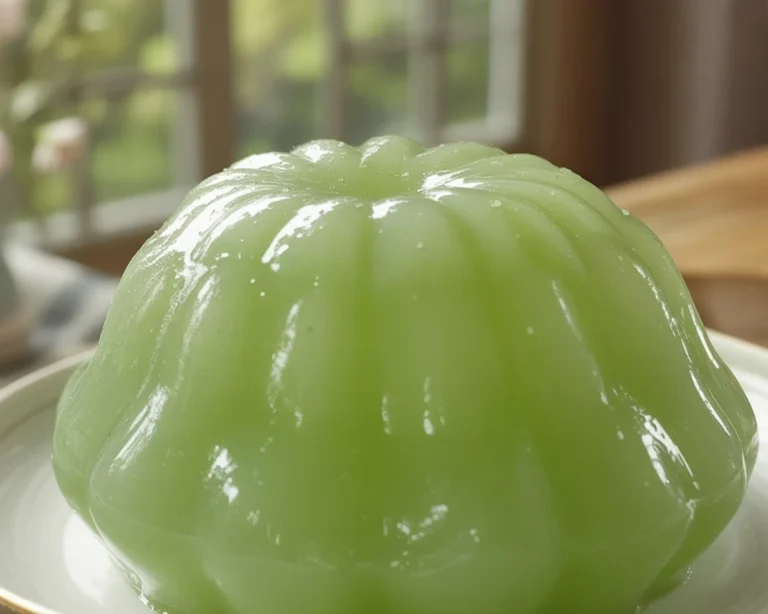Bubble Foam Sensory Play: A Colorful DIY Activity That Delights Kids
Few activities spark as much excitement as the magic of bubbles—and when combined with foam, color, and a dash of creativity, the result is a sensory play experience that children absolutely adore. Bubble Foam Sensory Play is an easy, cost-effective, and engaging DIY craft that transforms simple household ingredients into fluffy, vibrant fun. Ideal for toddlers and preschoolers, this project encourages tactile exploration, imaginative play, and giggle-filled learning.
The beauty of this activity lies in its simplicity. With just dish soap, warm water, and a few optional add-ins like food coloring or eco-friendly glitter, you can create mountains of colorful foam in minutes. It’s perfect for indoor play, outdoor summer fun, and even early learning centers. Plus, it’s safe, fast to clean up, and endlessly customizable.
Table of Contents
Ingredients
To create your own bubble foam for sensory play, you will need:
- 1/3 cup dish soap
- 2/3 cup warm water
- Food coloring
- 1 tablespoon cornstarch or cream of tartar (optional)
- A few drops of baby-safe essential oils (optional)
- Eco glitter or biodegradable confetti (optional)
These ingredients are inexpensive and likely already in your kitchen. The optional add-ins help enhance the foam’s texture, scent, and sparkle, making it even more appealing to kids.
Instructions
- Prepare your play area. This activity can get a bit messy, so cover your surfaces with a towel or work outdoors if possible. Have a shallow bin or tray ready for the foam.
- Mix your ingredients. In a large mixing bowl, combine 1/3 cup dish soap with 2/3 cup warm (not hot) water. Add 1 tablespoon of cornstarch or cream of tartar to thicken the foam and help it last longer.
- Add color and scent. Mix in a few drops of your favorite food coloring to create a colorful batch of foam. You can also add a couple of drops of baby-safe essential oils like lavender or chamomile for a calming sensory experience.
- Whip the mixture. Use an electric hand mixer or stand mixer to whip the solution for 1–2 minutes. Stop when stiff peaks form—just like making whipped cream. Avoid overmixing to maintain a fluffy, stable texture.
- Scoop and play. Transfer the foam into a sensory bin or large tray. Add small toys, measuring cups, spoons, or funnels to turn the foam into a fully interactive play station. For an extra magical effect, sprinkle in some eco glitter or confetti.
This activity can be repeated using different color batches or even layered like rainbow foam for a dramatic visual effect.
Benefits of This Craft
Bubble foam sensory play isn’t just fun—it supports child development in multiple ways:
- Enhances fine motor skills as children squeeze, scoop, pour, and pat the foam using their hands and tools.
- Promotes language development by encouraging descriptive vocabulary (soft, squishy, bubbly, colorful).
- Supports sensory integration by allowing children to explore textures, temperature, and motion through play.
- Encourages imaginative play as kids use the foam in role-playing games—like cooking, building, or caring for toys.
- Provides a calming sensory outlet for children needing stress relief or sensory input, especially those with sensory processing needs.
This DIY craft blends sensory science, creative play, and developmental learning into one fun-filled activity.
Tips
For the best experience with your bubble foam sensory play, consider these helpful tips:
- Use warm water (not hot) to activate the soap without risking burns or discomfort.
- Choose a sturdy bowl and mixer to create the fluffiest texture with less effort.
- Mix one batch at a time to test how long the foam holds. You can always make more if needed.
- Add multiple colors by preparing separate bowls and whipping up different shades. Combine them for rainbow foam.
- Supervise toddlers closely to ensure they don’t ingest the foam, especially if it contains glitter or essential oils.
Customize each session with seasonal themes—red and green for holidays, pastel colors for spring, or glow-in-the-dark options using UV-safe dye.
What Does It Taste and Look Like?
Although this sensory foam is not meant for consumption, it’s made from food-safe materials and is safe for accidental contact. It has a soft, whipped cream-like texture and looks like puffy clouds dyed in beautiful, vibrant colors. The foam holds its shape temporarily and slowly deflates, adding to the fun as children manipulate it.
When whipped correctly, the texture is dense yet soft, allowing for mounding, piling, and scooping. The added glitter or confetti sparkles in the light, creating a magical, immersive play experience that feels both gentle and exciting.
How to Store
If you have leftover bubble foam after a play session, it can be stored for short-term use:
- Place leftovers in an airtight container and refrigerate for up to 24 hours.
- Whip it again with a hand mixer to restore its fluffiness before reuse.
- Avoid freezing or long-term storage, as the foam will break down beyond repair.
- Clean the play area immediately after use to prevent soap residue from drying onto surfaces. Warm water and a cloth make cleanup easy.
Always supervise young children during foam play to ensure they don’t ingest or get foam in their eyes.
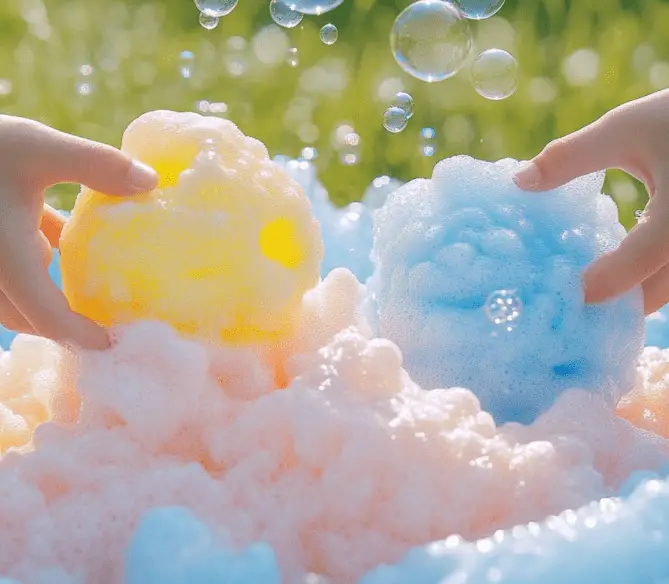
Bubble Foam Sensory Play is one of the easiest and most delightful DIY crafts you can do with young children. It offers endless variations in color, texture, and theme, making it a repeat-worthy favorite in classrooms, playgroups, and family homes. With minimal setup and maximum fun, it encourages exploration, creativity, and developmental play—all while filling the room with laughter and joy.
Whether you’re looking for an indoor boredom buster, a sensory-rich experience, or a creative twist on bubble play, this recipe is your go-to solution.
For more creative and hands-on crafts for kids, check out More DIY craft ideas and explore a wide collection of activities that blend fun and learning.
FAQ
Can I use cold water instead of warm water?
Warm water is best for dissolving ingredients and achieving the right texture. Cold water may reduce the foam’s volume and stability.
Is it okay if my child accidentally tastes the foam?
While the ingredients are generally safe, they are not meant to be consumed. Supervise younger children closely and avoid strong essential oils or glitter if concerned.
Can I use liquid food coloring instead of gel?
Yes. Both work well, though gel food coloring tends to create more vibrant colors without thinning the mixture.
What tools are best for foam play?
Measuring cups, silicone molds, small plastic animals, and spoons make excellent tools to enrich the experience.
Can this be used for themed parties or events?
Absolutely. You can tailor the foam colors and scents to fit any occasion—from birthday parties to holiday celebrations.
